X
Electric hoists represent their own machinery, strength, and toughness, while the stage is elegant, flowing, and soft, with conflicts and collisions between the two.
The braking principle of a chain hoist
Category : Stage Chain Hoist Series
Get a Quote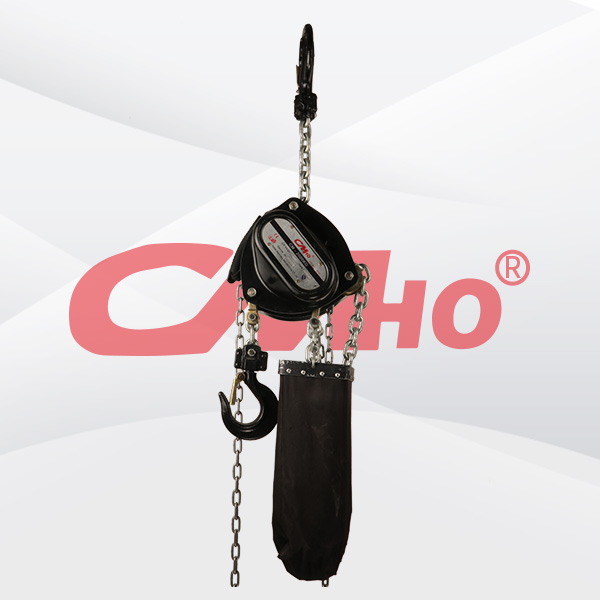
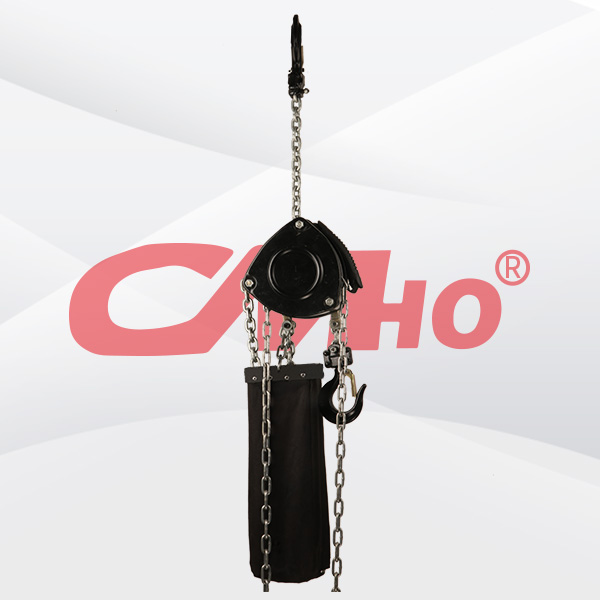
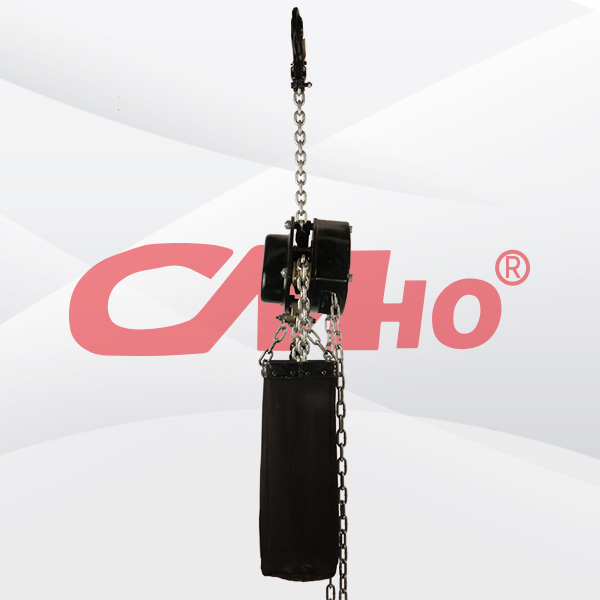






Product Details
The braking principle of a chain hoist
In daily operations, lifting and lowering objects cannot be separated from braking, and automatic braking is required. This is due to the functioning of the braking system, which includes brake components such as pawls, ratchets, brake seats, and the installation of friction plates for manual hoists. In order to facilitate later maintenance and deepen understanding of the hoist, the braking principles for various situations are introduced.
1. Rise
Strictly speaking, the braking component also includes the hand chain wheel, because the brake cannot be separated from its coordination. When performing the lifting operation, pulling the hand chain wheel will press it into a whole with other braking parts and rotate together. As can be seen from the above figure, clockwise rotation of the hand chain wheel will not cause the pawl to jam, thus achieving smooth lifting.
2. Raise to a certain height and brake
When pulling a heavy object to a certain height and stopping, due to the influence of gravity, the long axis will definitely reverse and cause the object to fall. However, at this time, the ratchet will reverse and be stuck by the pawl, causing the heavy object to stop.
3. Decline
Through step 2, it can be known that the pawl is stuck and the ratchet is locked. When we start pulling the chain in reverse to make the handwheel reverse and lower, there will be a certain gap, the braking force will decrease, and the friction plate will slip. At this point, the ratchet does not rotate when descending, so even if the pawl is stuck, it does not work, only the friction plate and brake seat are rotating.
4. Descend to a certain level of braking
When the chain stops pulling when it reaches a certain position, the various components will be compressed into a whole again, and the ratchet will resume working and rotate again. The pawl will catch the ratchet and produce a braking effect again, forcing the heavy object to stop.
RELATED PRODUCTS .

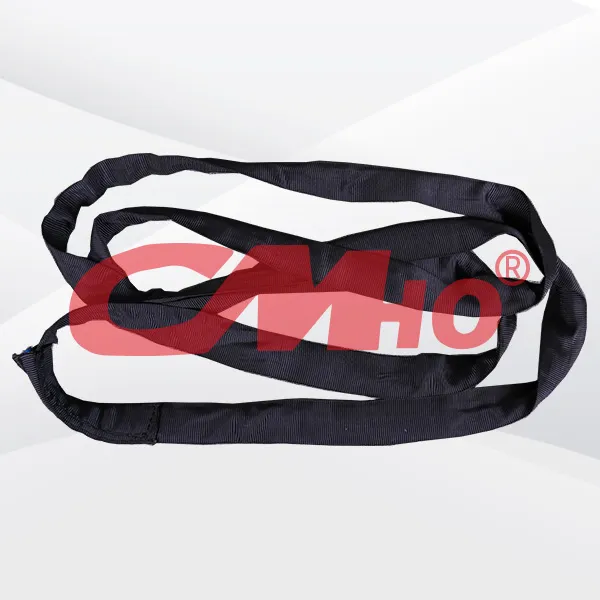
The stage lifting slings play a crucial role in the installation, construction, and handling of stage equipment. Selecting and using the lifting slings correctly can ensure the safety and smooth progr

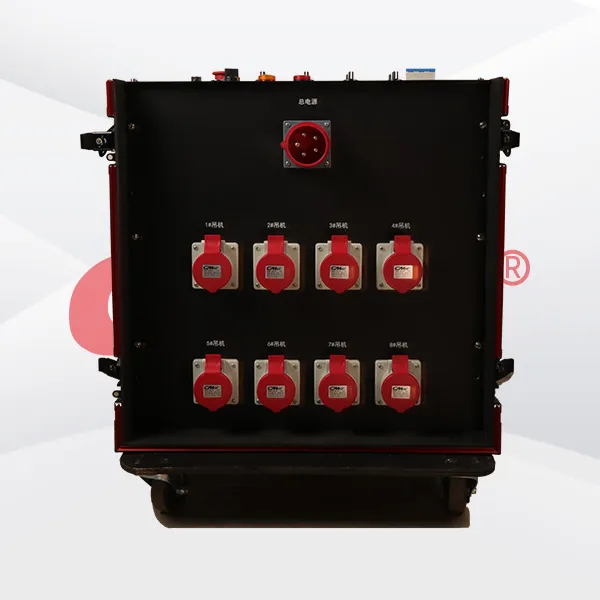
The truss electric hoist controllers produced by Chinese manufacturers are commonly used in scenarios such as stages, theaters, and exhibitions. They can achieve precise and synchronous control of mul

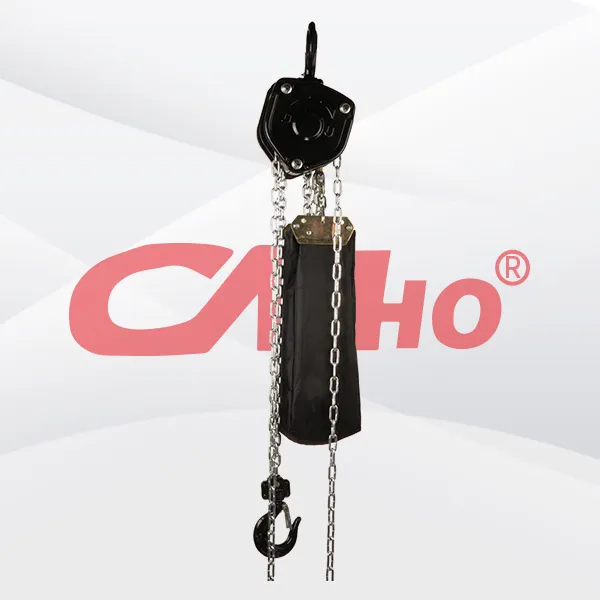
Through the design of dual braking, overload protection, and environmental adaptability, the safe-type stage manual chain hoist balances safety and efficiency in the hoisting of stage equipment. Its m
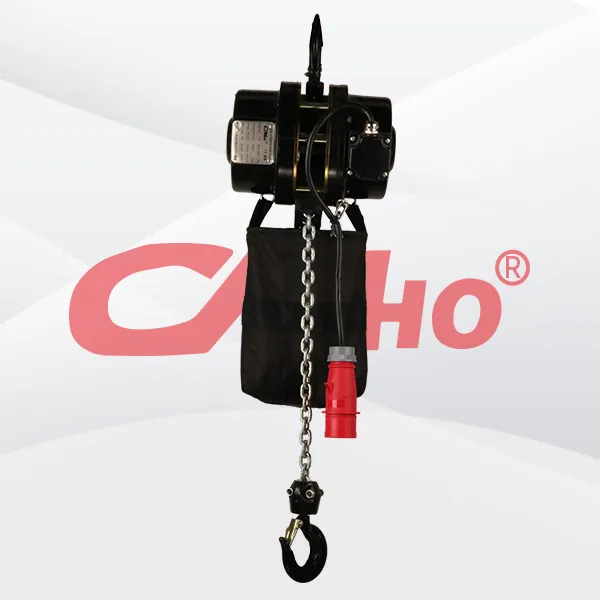
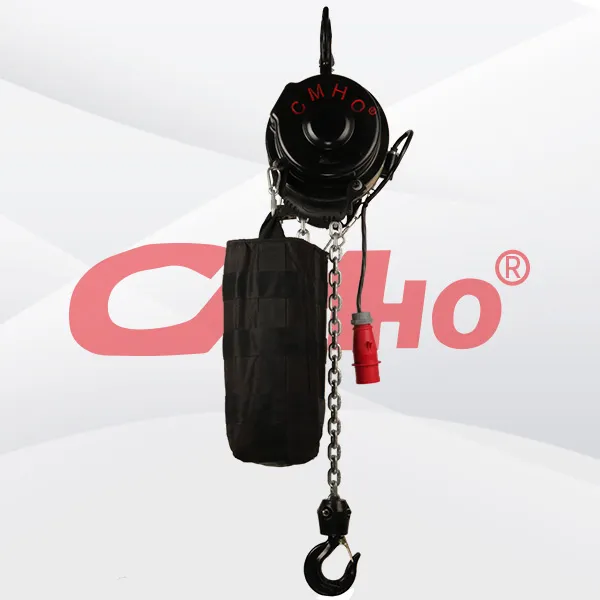
With its safety features, quiet operation, and intelligent control capabilities, the Smooth Electric Stage Hoist has become a core component of stage equipment. Chinese manufacturers have occupied the

2025-02-28
创始人
0
The participation of Tianjin Kemei in the Guangzho...
Tianjin Kemei made a remarkable and eye-catching appearance at the Guangzhou (International) Performing Arts Equipment, Intelligent Acoustic, Optical and Electrical Products...
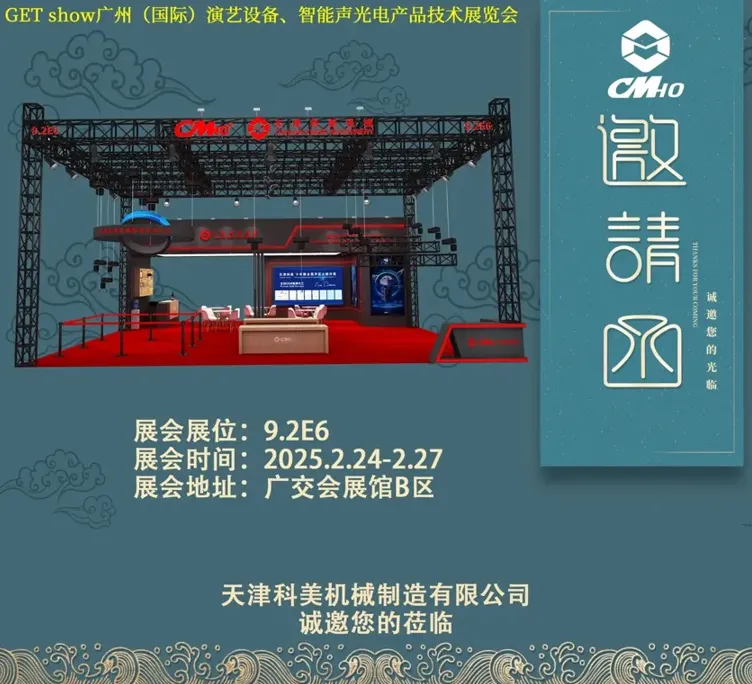
2025-02-27
创始人
0
Guangzhou (International) Performing Arts Equipmen...
In the era of the rapid development of stage lifting equipment and intelligent acousto - optic technology, every industry event serves as a crucial opportunity for innovatio...

2025-02-27
创始人
0
GET show Guangzhou (International) Performing Arts...
Tianjin Kemei Machinery Manufacturing Co., Ltd. has been deeply engaged in the stage equipment manufacturing field for many years and has developed into a modern benchmark e...

2024-09-24
admin
0
Tianjin Kemei Machinery Manufacturing Co., Ltd. Ne...
Tianjin Kemei Machinery Manufacturing Co., Ltd.: New Starting Point, New Journey - New Factory Relocation Record

